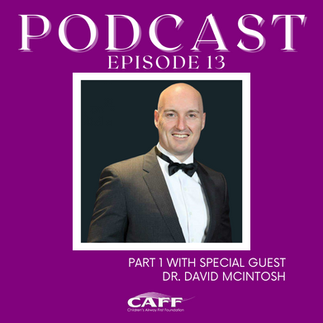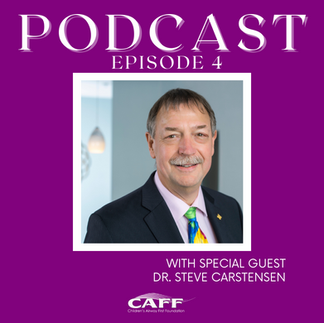
WHAT IS SLEEP-DISORDERED BREATHING IN CHILDREN?
Aug 22, 2022
2 min read
11
58
0
It is estimated that over 400-million children globally suffer from airway dysfunction. Many of those children suffer from undiagnosed sleep-disordered breathing (SBD). Sleep-disordered breathing refers to a wide range of sleep-related conditions causing resistance to airflow during sleep, such as frequent snoring and obstructive sleep apnea (OSA).

Obstructive sleep apnea (OSA) is a condition in which all or part of the airway is blocked during sleep. During sleep, it causes a child to briefly stop breathing. This pause in breathing can occur several times during the night and is often accompanied by snoring, late-age bed wetting, and sleepwalking.
When a child's breathing is disrupted during sleep, due to sleep disorder breathing and the drop in oxygen levels, the brain signals to the body that the child is choking. This alert triggers the body into action causing blood pressure to rise and the child's sleep to be interrupted as the body tries to recover.
WHAT ARE THE SYMPTOMS OF PEDIATRIC SBD?
Sleep-disordered breathing produces several signs and symptoms that can often be misdiagnosed or labeled as something, such as ADHD, adolescent outbursts, or teenage moodiness.
While they can present differently in each child of the most common signs and symptoms of sleep-disorder breathing include:
Loud snoring or noisy breathing (often causing gasping or snorting)
Pauses in breathing (lasting a few seconds and up to a minute)
Chronic mouth breathing (both awake and when asleep)
Restlessness during sleep --- frequent tossing and turning; often leaving sheets and blankets in knotted piles
Excessive sleepiness when waking up; daytime sleepiness and irritability
Excessive hyperactivity during the day
Inability to focus; diagnosis of ADHD
Sleepwalking, night terrors, and later-age bed wetting
Needing naps past the traditional 'nap age'
Waking with headaches and a dry mouth
Sometimes sleep-disorder breathing can cause children to have less oxygen in the blood than normal. This is because the condition can make it hard for air and oxygen to flow in and out of the lungs. If this pattern continues, a child's lungs and heart may have permanent damage. Chronic sleep apnea can also lead to poor growth, lowering of their IQ, and facial development abnormalities.
In general, sleep-disordered breathing isn't something your child will outgrow. For the most part, it is a chronic condition that can worsen over time and lead to other health issues. If you suspect your child might have sleep-disorder breathing or an airway issue, contact your pediatrician or airway-centric dentist.
TIPS FOR TALKING WITH YOUR PROVIDER
If you believe your child has an airway or sleep-disordered breathing issue, the first step is to make an appointment with your airway-centric dentist or pediatrician. Here are a few tips to keep in mind meeting with your child's provider:
Bring notes detailing the signs and symptoms you've identified that cause you to believe your child has an airway issue
Take time to write down your questions before your visit and bring them with you to the appointment so you can ensure you don't miss anything
Take notes during the visit --- writing down any diagnosis names, treatments, or new medications
Ask about any recommended tests or procedures --- make sure you understand why they are being recommended and ask questions so you know what to expect












